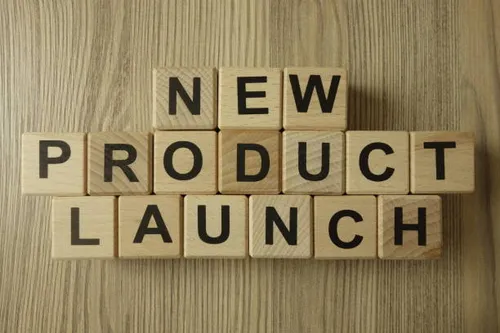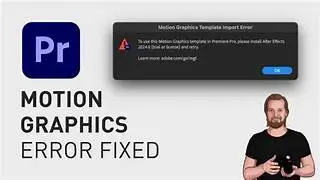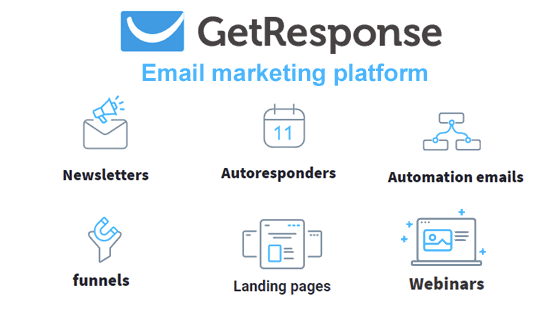Best Successful Product Launch Formula 2024

Table of Contents
Introduction
Launching a new product is an exciting yet challenging endeavor. A successful product launch Formula can propel your brand to new heights, create significant buzz, and drive substantial revenue. However, getting it right requires careful planning, strategic execution, and a deep understanding of your market and customers. In this guide, we’ll explore the essential steps to ensure your product launch is a resounding success.
Market Research and Product Validation
Before you dive into the logistics of launching your product, it’s crucial to ensure that there’s a real demand for it. This starts with thorough market research. Understanding your target audience—who they are, what they need, and how your product solves their problems—is foundational. Competitive analysis is equally important. Who are your competitors? What are they offering, and how is your product different or better?
Once you have a clear understanding of the market landscape, validate your product idea with real users. This could be through surveys, focus groups, or beta testing. Getting feedback early on helps you refine your product and ensures that it meets the needs of your audience.
Setting Clear Objectives and Goals
A successful product launch Formula starts with clear, measurable objectives. What does success look like for your product launch Formula ? Whether it’s a specific number of units sold, a certain level of brand awareness, or customer acquisition, defining these metrics early on is essential. Your goals should align with your overall business objectives and be achievable within the timeframe you’ve set for the launch.
Creating a realistic timeline is another crucial aspect. Break down the launch into phases, from pre-launch preparations to post-launch activities, and assign specific deadlines to each task.
Building a Comprehensive Launch Plan
A comprehensive launch plan is your roadmap to success. It should detail every step of the process, including the roles and responsibilities of your team, the resources needed, and the timeline. This plan should be detailed enough to cover all aspects of the launch, from product development and marketing to sales and customer support.
Assigning clear roles and responsibilities ensures that everyone knows what they need to do and when. This clarity helps prevent last-minute scrambles and ensures a smooth execution.
Product Development and Testing
Your product needs to be fully ready before the launch. This means it should be tested rigorously to ensure it works as expected and delivers on its promises. Engage in beta testing with a group of real users who can provide honest feedback. Use this feedback to make any necessary improvements before the official launch.
Iterating on feedback not only improves your product but also helps you build a better relationship with your early adopters, who can become your most vocal advocates.
Creating a Strong Brand and Messaging
Your product launch is also about telling a compelling story. A strong brand story and consistent messaging are crucial for differentiating your product in the market. What makes your product unique? How does it improve the lives of your customers? These are the questions your messaging should answer.
A clear and compelling value proposition will resonate with your target audience and make your product stand out. Ensure that your branding and messaging are consistent across all channels, from your website and social media to your marketing materials and customer communications.
Developing a Go-to-Market Strategy
Your go-to-market strategy is the blueprint for how you will introduce your product to the market. Start by identifying the most effective marketing channels for reaching your target audience. This could include digital marketing, social media, email campaigns, influencer partnerships, or traditional advertising.
Create targeted marketing campaigns tailored to different segments of your audience. For example, early adopters might appreciate a more technical, feature-focused approach, while a broader audience might respond better to lifestyle-oriented messaging. Timing is crucial, so coordinate your marketing efforts to build momentum leading up to the launch.
Building Buzz Pre-Launch
Generating excitement before the launch is key to ensuring a strong start. Use social media to create anticipation with teasers, sneak peeks, and behind-the-scenes content. Engage with influencers and early adopters who can help spread the word and build credibility.
Creating a sense of exclusivity, such as offering pre-launch discounts or limited availability, can also drive early interest. The goal is to have a buzz around your product before it even hits the market, ensuring a strong launch day.
Optimizing Your Sales and Distribution Channels
Your sales and distribution channels must be ready to handle the influx of orders and customers. Choose the right sales channels based on where your target audience shops. This could be online marketplaces, your own website, or brick-and-mortar stores.
Ensure your logistics and supply chain are prepared to handle demand. This includes having enough inventory, streamlined order processing, and efficient shipping. Additionally, set up a robust customer service system to address any issues that may arise post-launch.
Executing the Launch Event
The launch event is your product’s big debut, and it should be memorable. Whether you choose a virtual, in-person, or hybrid event, it’s important to create an experience that showcases your product’s best features. Promote the event through all available channels to maximize attendance.
During the event, engage with media, influencers, and potential customers to generate buzz and secure coverage. A well-executed launch event can create a ripple effect, amplifying your product’s visibility and appeal.
Monitoring and Responding to Feedback
The launch doesn’t end once your product is live. Monitoring customer feedback and sales data is crucial for making any necessary adjustments. This could include fixing unforeseen issues, improving product features, or tweaking your marketing strategy.
Responding to customer feedback not only improves your product but also builds trust with your audience. It shows that you value their input and are committed to delivering a product that meets their needs.
Post-Launch Marketing and Promotion
Keeping the momentum going after the launch is essential for sustaining sales and building long-term success. Continue to leverage PR and media coverage to keep your product in the spotlight. Engage in ongoing marketing efforts, such as email campaigns, social media promotions, and special offers, to attract new customers and retain existing ones.
Analyzing Launch Performance
Once the dust has settled, it’s time to analyze the performance of your product launch. Measure your results against the goals and KPIs you set at the beginning. What worked well? What didn’t? Understanding these factors will help you refine your approach for future launches.
Documenting the lessons learned is invaluable for your next product launch, helping you to avoid past mistakes and build on your successes.
Long-Term Product Growth Strategy
A successful product launch is just the beginning. To ensure your product’s continued growth, plan for future updates and improvements. Develop strategies for customer retention, such as loyalty programs or regular engagement through content and promotions.





